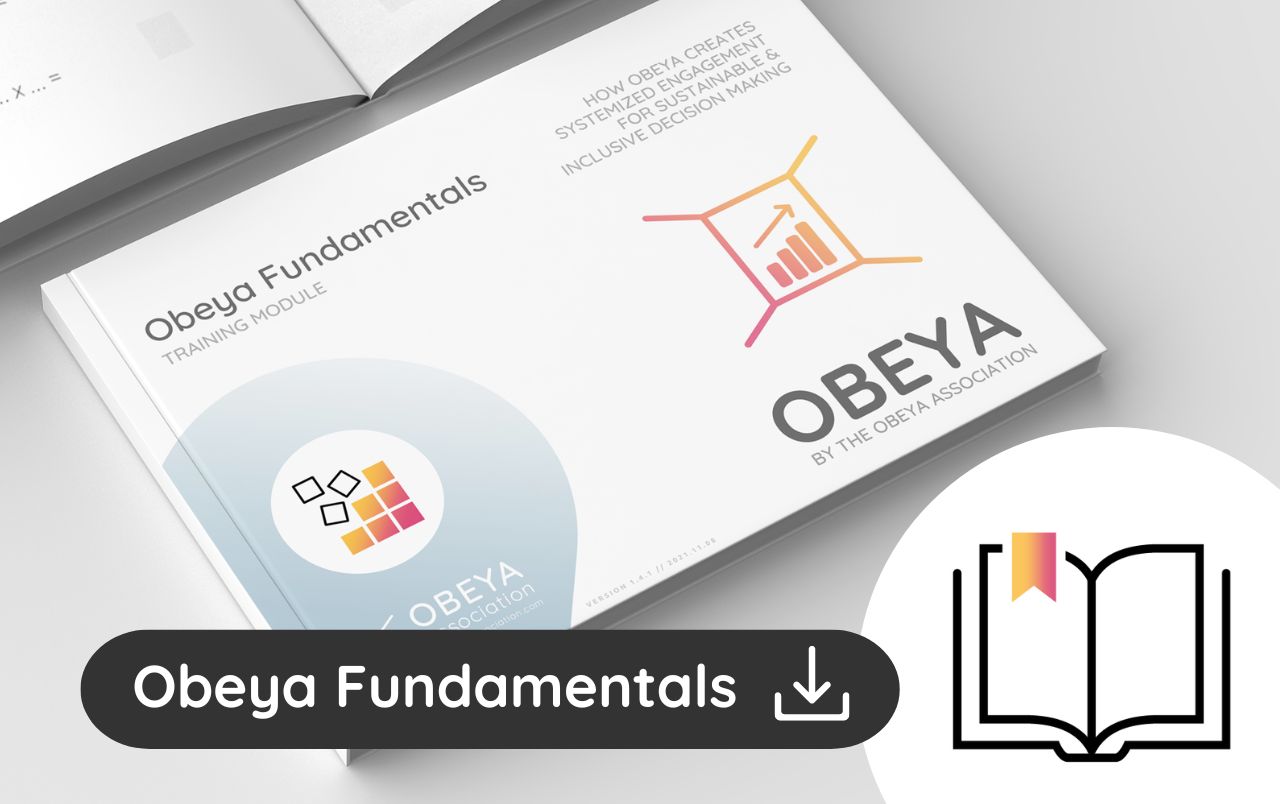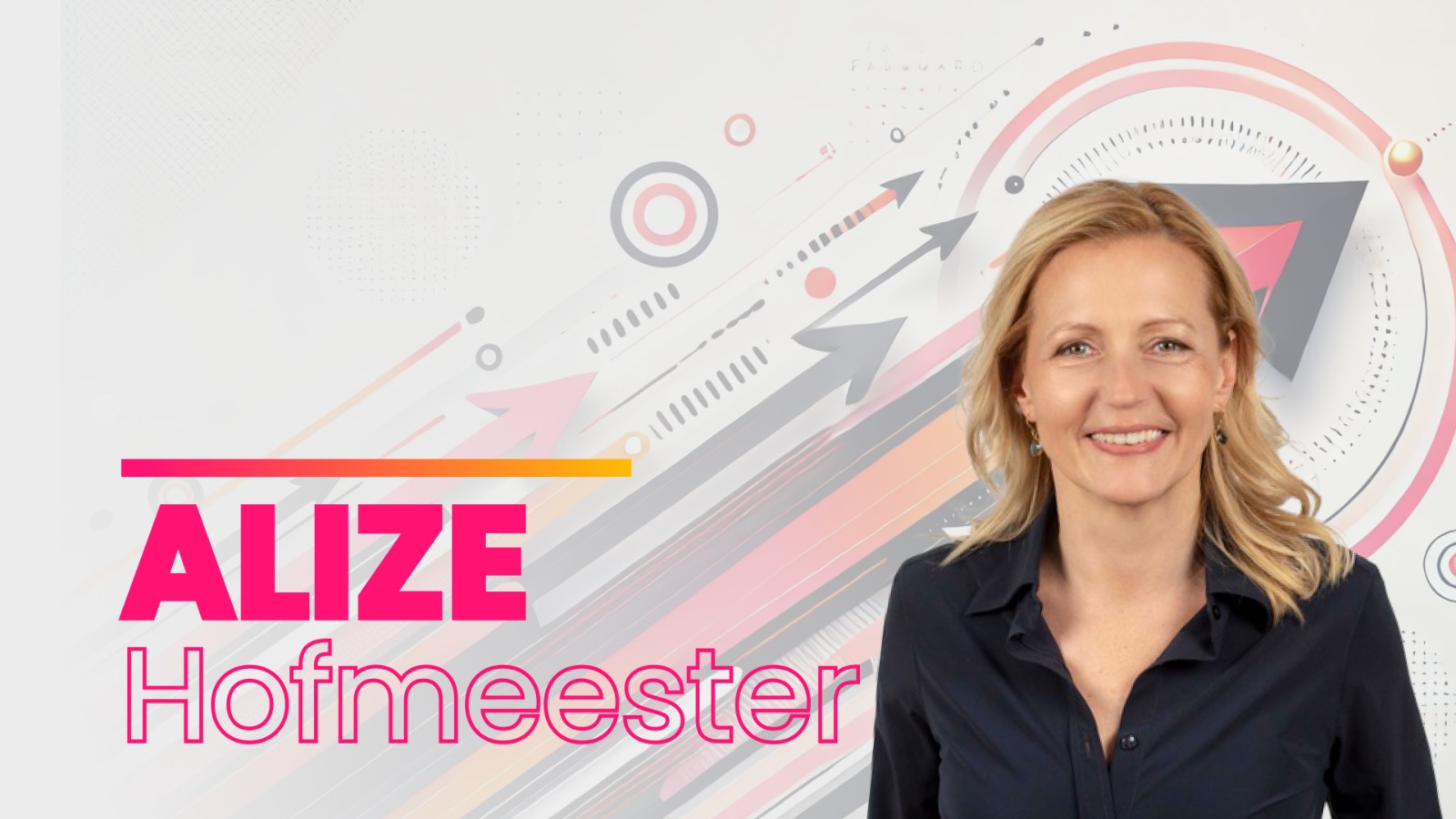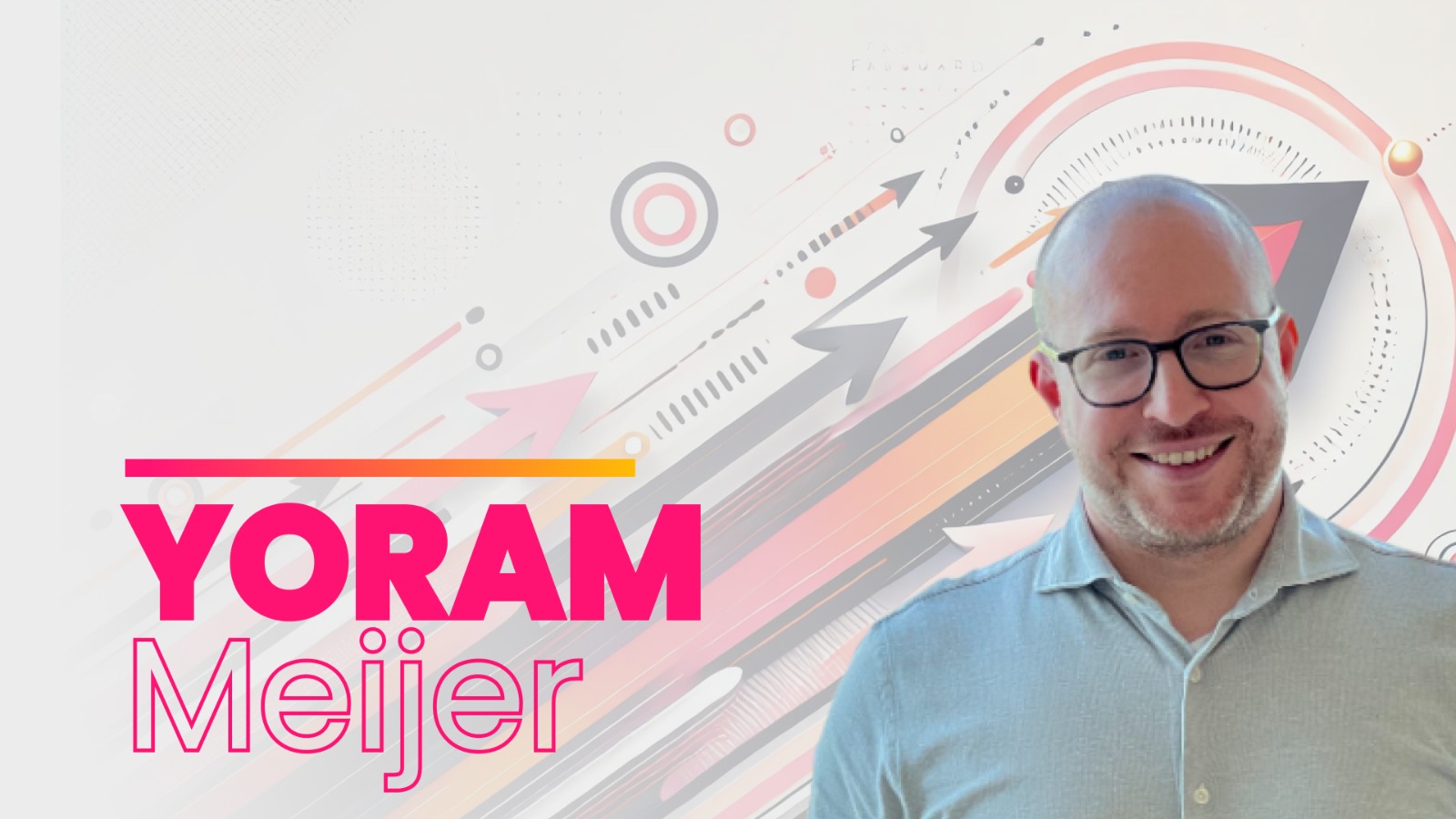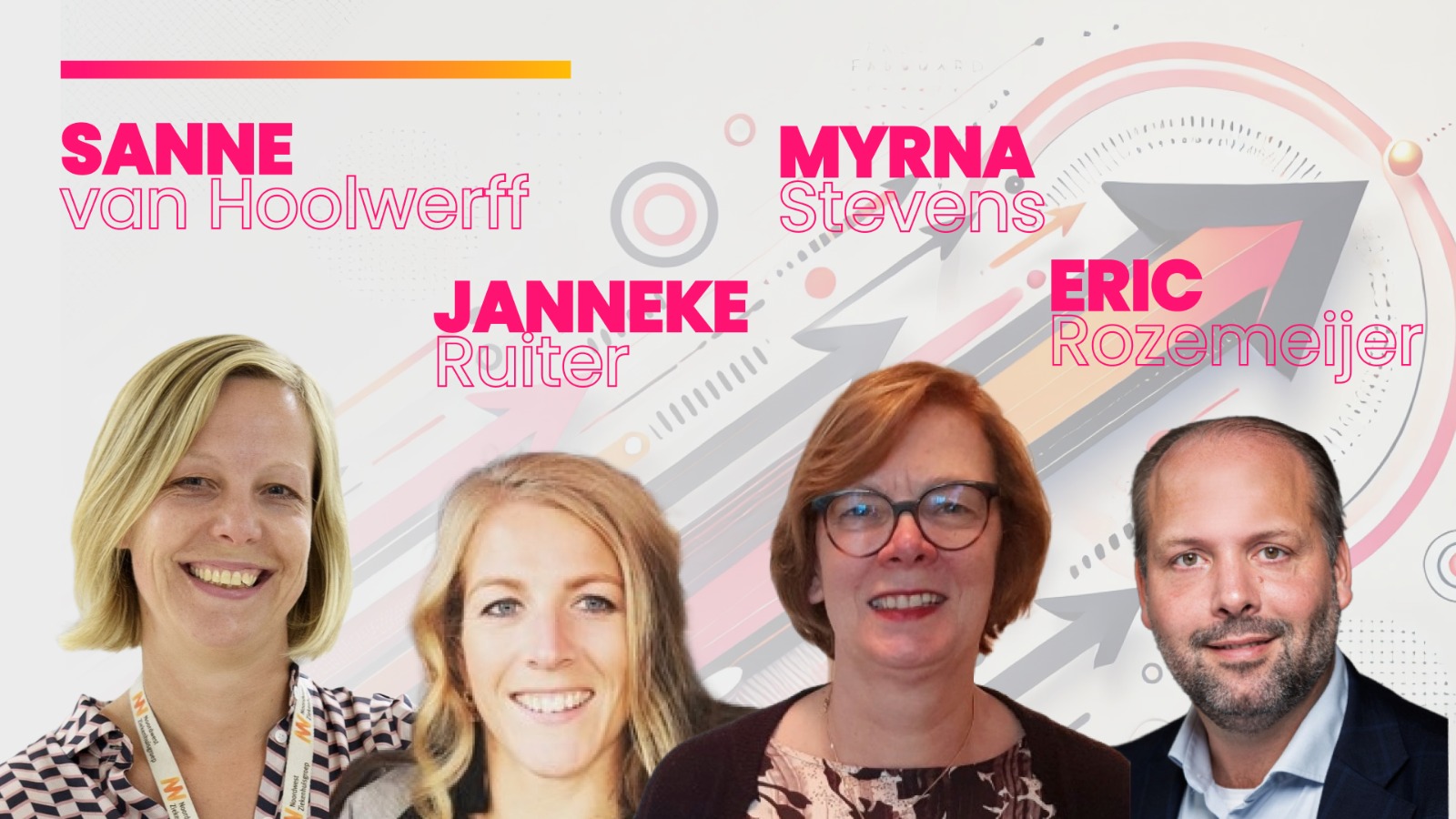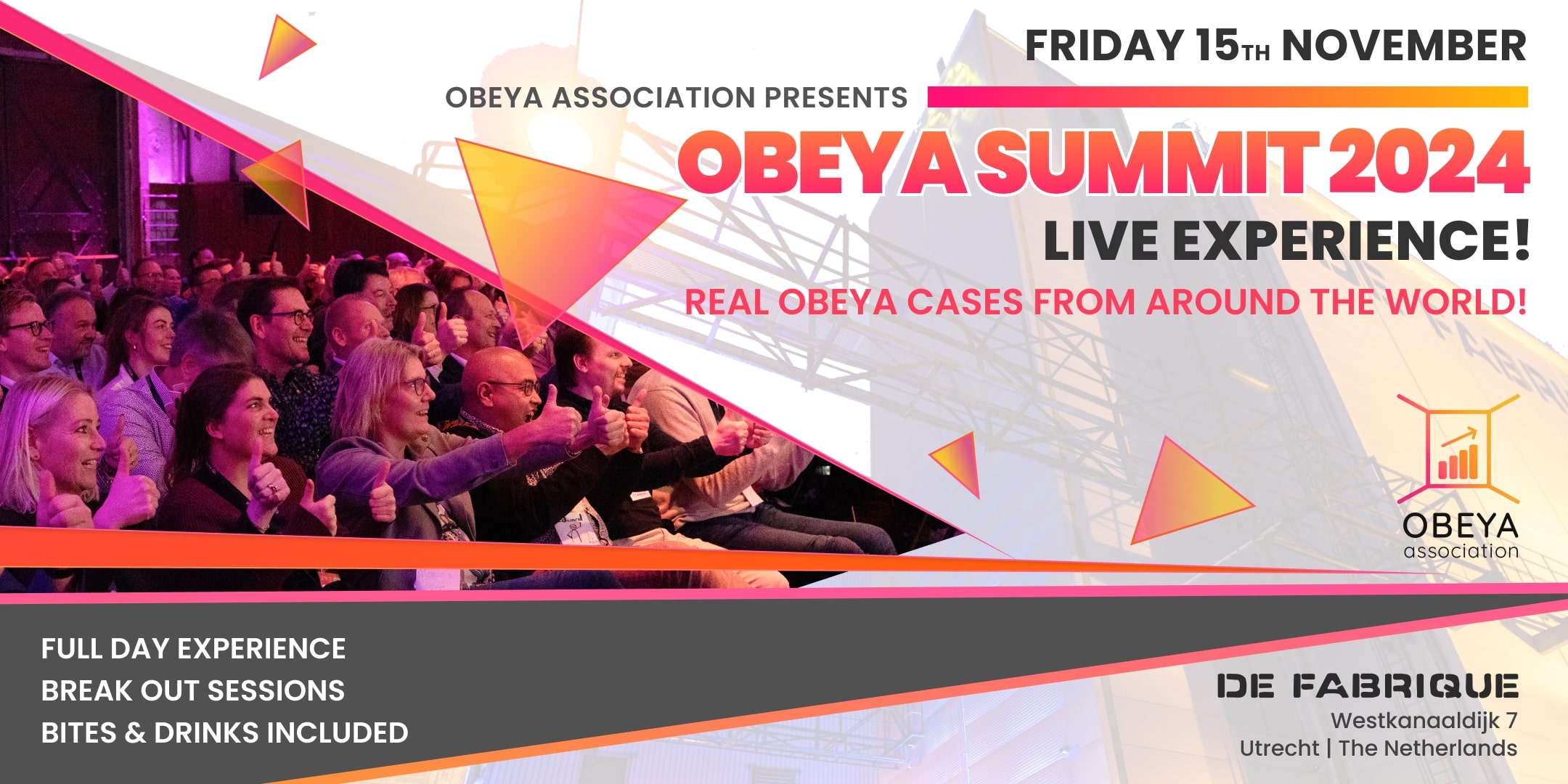Value stream mapping (VSM) is a main Lean tool that helps effectively identify where the constant development will have the most impact. It’s a way to visualize the required steps to deliver a good product or service. And it can be used in many environments and processes including manufacturing, healthcare, software development, supply chain operations, logistics, office processes, and product development.
By helping to visualize a work process from an organization to a consumer in the form of values, value stream mapping delivers valuable insights about the consumer perception of value, and whether a certain value is worth buying or not from a consumer perspective.
Customers seek to pay for products and activities that meet their needs, so through value stream mapping a company can identify which activities deliver a true value to the customer, and continuously optimize these activities.
What is Value Stream Mapping in Lean?
Value stream mapping history goes back to the second half of the 20th century when Lean started to be a common practice. It was one of the key factors that took the Toyota Production System to a new level of improvement. However, the term value stream mapping wasn’t present until the 1990s when it started to be an essential part of western managers.
Value stream mapping is a concept that originated in Lean manufacturing methodologies, it highlights the steps and activities that add true value to the customer and the wasteful activities which don’t contribute to adding any true value. So, the VSM is an essential tool to identify and remove any wasteful steps to improve the efficiency and effectiveness of a process.
When creating a value stream mapping for dummies it is important to understand some of the key concepts that are associated with it, such as:
- Cycle time: It’s the time spent to go through all the work processes and elements before repeating them.
- Changeover: The time required to prepare processes or machines for new tasks.
- Idle time: The time when a machine is available but not being used, without considering the maintenance time.
- Inventory: Can be raw materials required for a process, transportation, or even unfinished work. So, it means the materials required for the process.
- Pull system: A manufacturing method that only works after having orders from customers.
- Push system: A manufacturing method that works before having orders from customers.
- Takt time: The time required for the products to meet demand.
Why is Value Stream Mapping Important?
VSM illustrates a process by showing which steps are adding true value to the end customer, and which are wasteful steps. So, it can help to deeply analyze a process and provide insights about inherent waste and loss within an operation.
Value stream mapping is an essential tool for organizations that seek planning, implementation, and continuous improvement on its Lean journey, as it’s used to:
- Visually demonstrate, analyze, and understand the flow of materials and the required information to process them.
- Show how the different functions in the production process interact with each other.
- Illustrate areas of improvement and factors that reduce the effectiveness of tasks.
- Ease the transition period of change in the company by presenting it in a clear visual way.
- Direct different teams towards continuous development and improvement.
A Value Stream Mapping helps an organization with these benefits:
- Identify wastes: Since it’s a visual planning tool, it presents the status quo and the future ideal workflow from start to end. Waste is referred to as any step or process within the value stream that the customer doesn’t want to pay for.
- Make processes more effective: By highlighting what is the cycle time, takt time, and lead time, the company can identify in which steps of a process the true value is being added and where it’s not, consequently improving the efficiency.
- Unify different teams under common goals: When illustrating the steps of a process, all people involved get to see the process from the company’s perspective and from their own perspective. This creates a common understanding of what the process looks like now and how it should be.
- Serve as a starting point for future growth: Having a better understanding of a process and identifying what are the value-adding steps and what are not, is the starting point for conversations on future potential growth for an organization.So, a value stream map isn’t just about the current status quo of an organization, it’s also about the ideal state of operations that gives everyone within an organization a common goal to work on achieving.
Value Stream Mapping Disadvantages
Value stream mapping aims to detect wastes; however, it can be wasteful in itself if not used carefully. Here are some of the value stream mapping disadvantages:
- Unable to detect the reasons behind delays for multiple orders, capacity constraints, etc.
- Misses the spatial structure of the facility layout, and consequently not knowing how the facility layout can affect the material handling delays.
- Doesn’t consider some of the important resources available, such as WIP storage and floor space.
- Can’t illustrate multiple products that don’t have the same material flow maps.
Despite having these disadvantages, there are ways to avoid them and to identify the possible challenges that may arise along the way in the value stream. With this in mind, there are two approaches when thinking about resolving challenges from VSM, the first is looking into the easily met challenges with the current data and modifying the process accordingly. The second is to start with the end-goal in mind, meaning to start with the desired state and improve the process from there.
How to integrate Obeya and Value Stream Mapping?
While Value Stream Mapping is concerned with identifying the value-added activities and waste, Obeya helps to continuously identify problems and adjust the plan accordingly. If integrated, they make cross-functional collaboration and problem solving a quick and effective process. Through regular Obeya meetings, teams can share their input and together identify the common challenges ahead, a process which can help them to overcome these challenges, and provides a transparent expectation of the deliverables from each person individually, consequently better decision-making.
Getting Started with Value Stream Mapping
Here are the key steps to start creating a VSM for an organization:
- Choose an objective: It’s crucial to identify what you’re aiming to achieve with the VSM, keeping in mind the objectives and fence posts will maintain staying on track and staying focused.
- Select the right team: After defining the objective, it’s time to choose the right members of the team who are going to achieve the objectives of the Value Stream Mapping. The team shouldn’t be too large, otherwise, it can cause analysis paralysis.
- Go to Gemba: “Gemba” is a Japanese word that means “the actual place”. In this step you need to visit every part of the team and understand what they do and how they do it, to have a better understanding of the process from their end. This step helps you to have an overview of the process, and by doing this with a customer mindset, you will know the value presented to the customer in every step.
- Outline the basic Value Stream: By roughly showing how the process looks and works, you give the team a starting point where you can add other details further down the road.
- Team mapping activity: It’s a collaborative discussion to develop the Value Stream Mapping where every member is an expert in his specialty and offers required changes and how to implement them.
- Develop the basic Value Stream Map: By starting from the outline in step 4, you can provide the additional processes and their data which include cycle time, takt time, SLA, etc. Developing this basic state will allow the team to give productive solutions to hot points.
- Develop the desired Value Stream Map: The desired Value Stream Map is where you want to reach. It can be explained through different metrics, as it’s important to have a common goal within the team.

